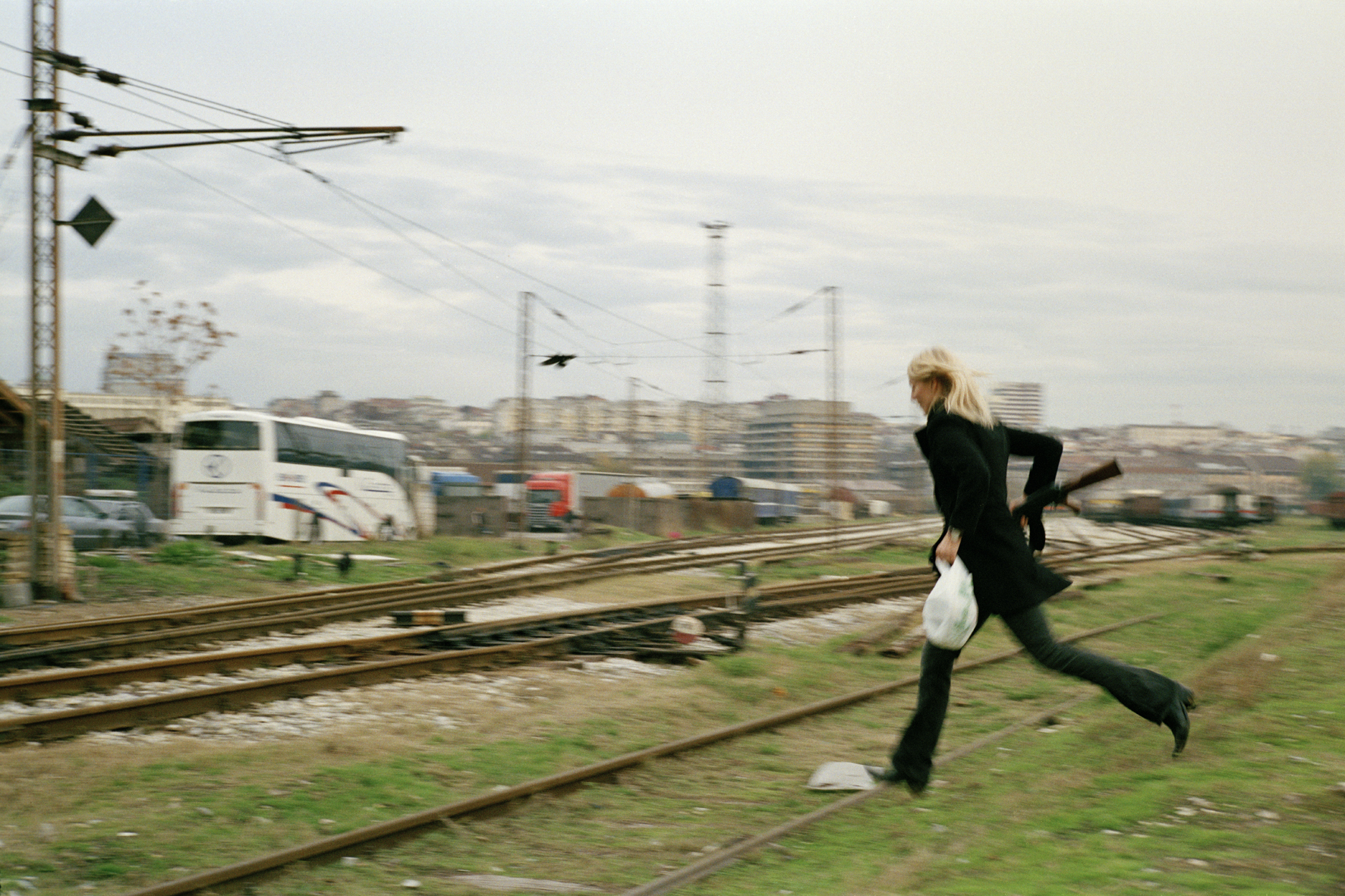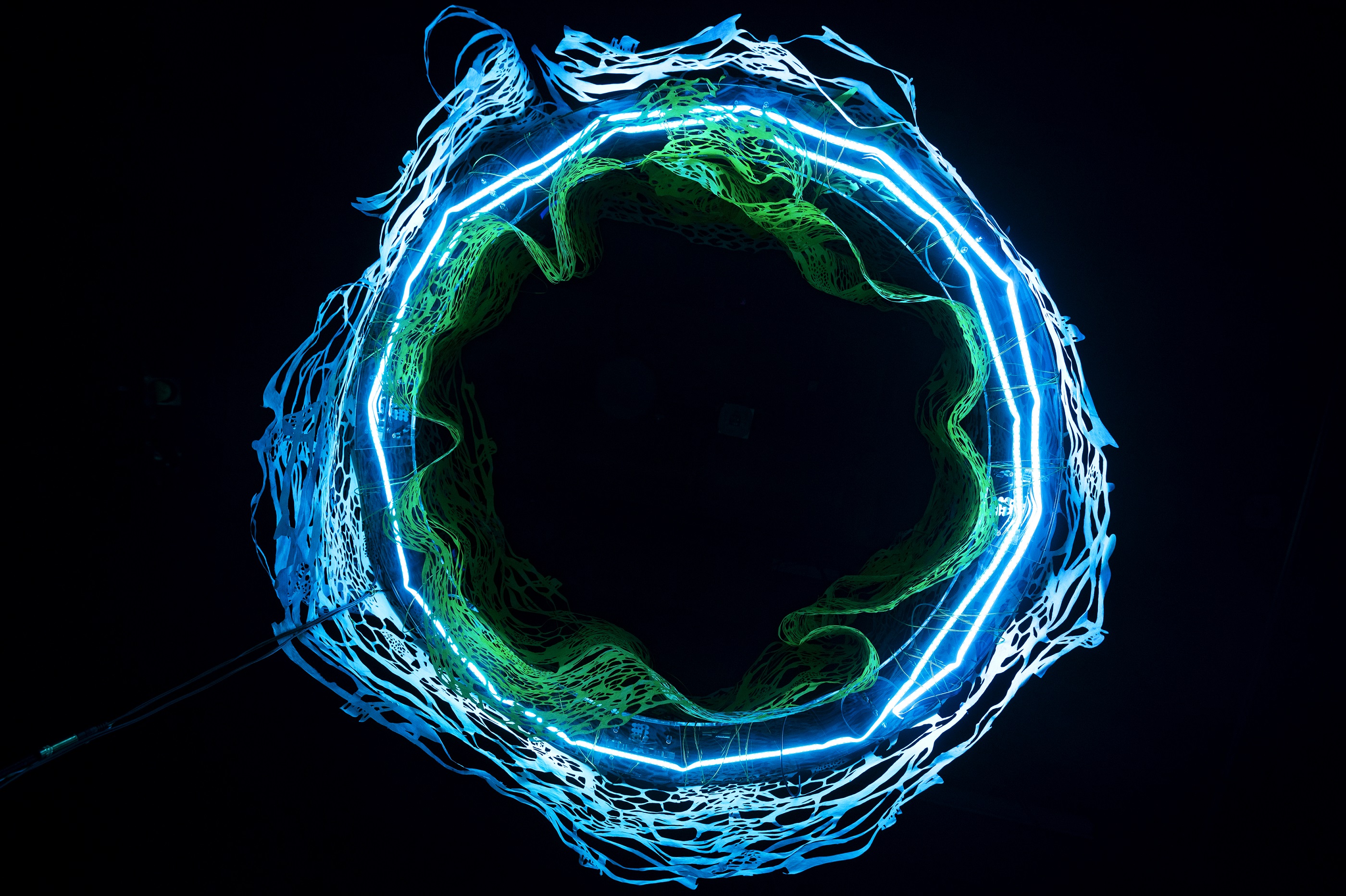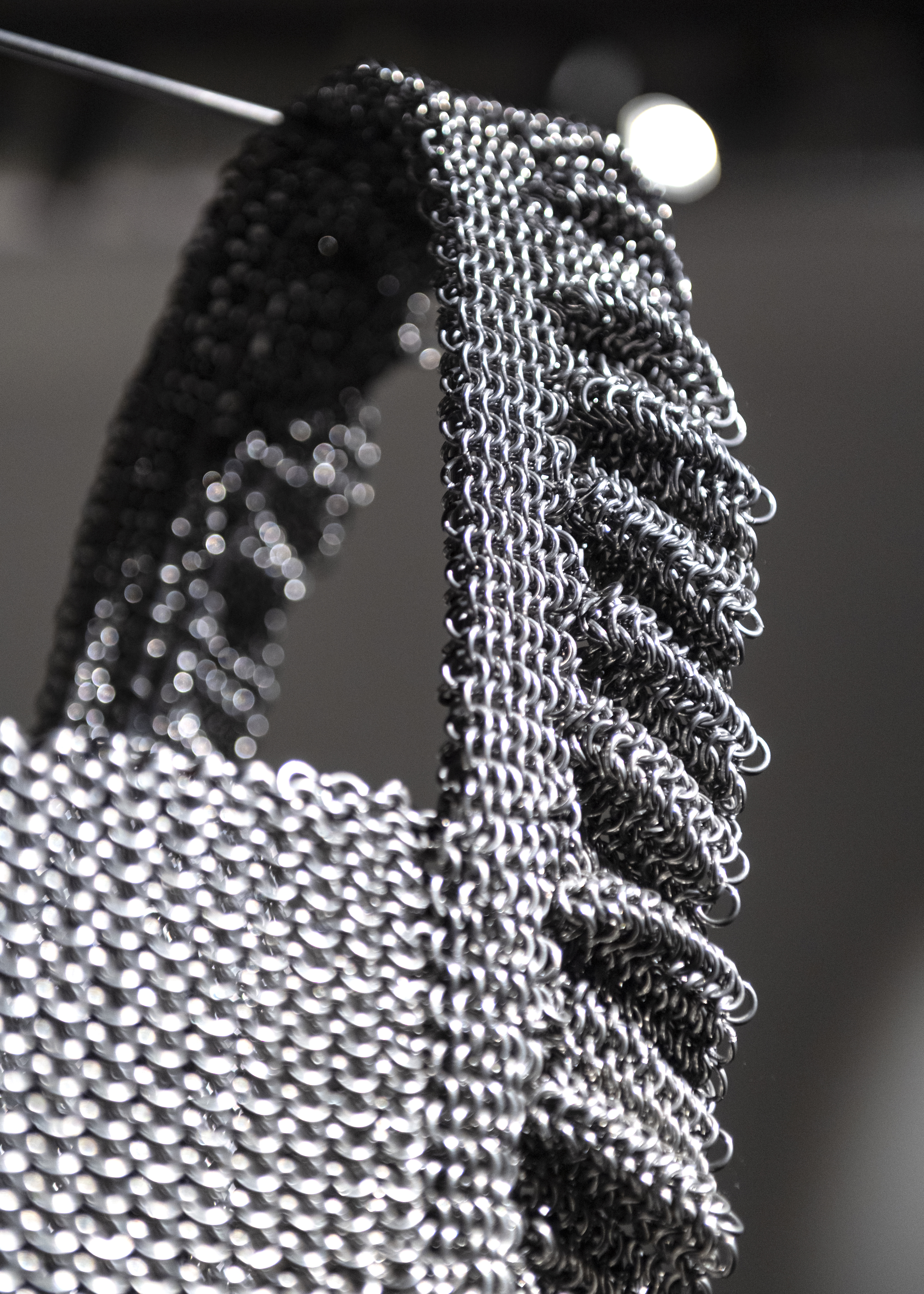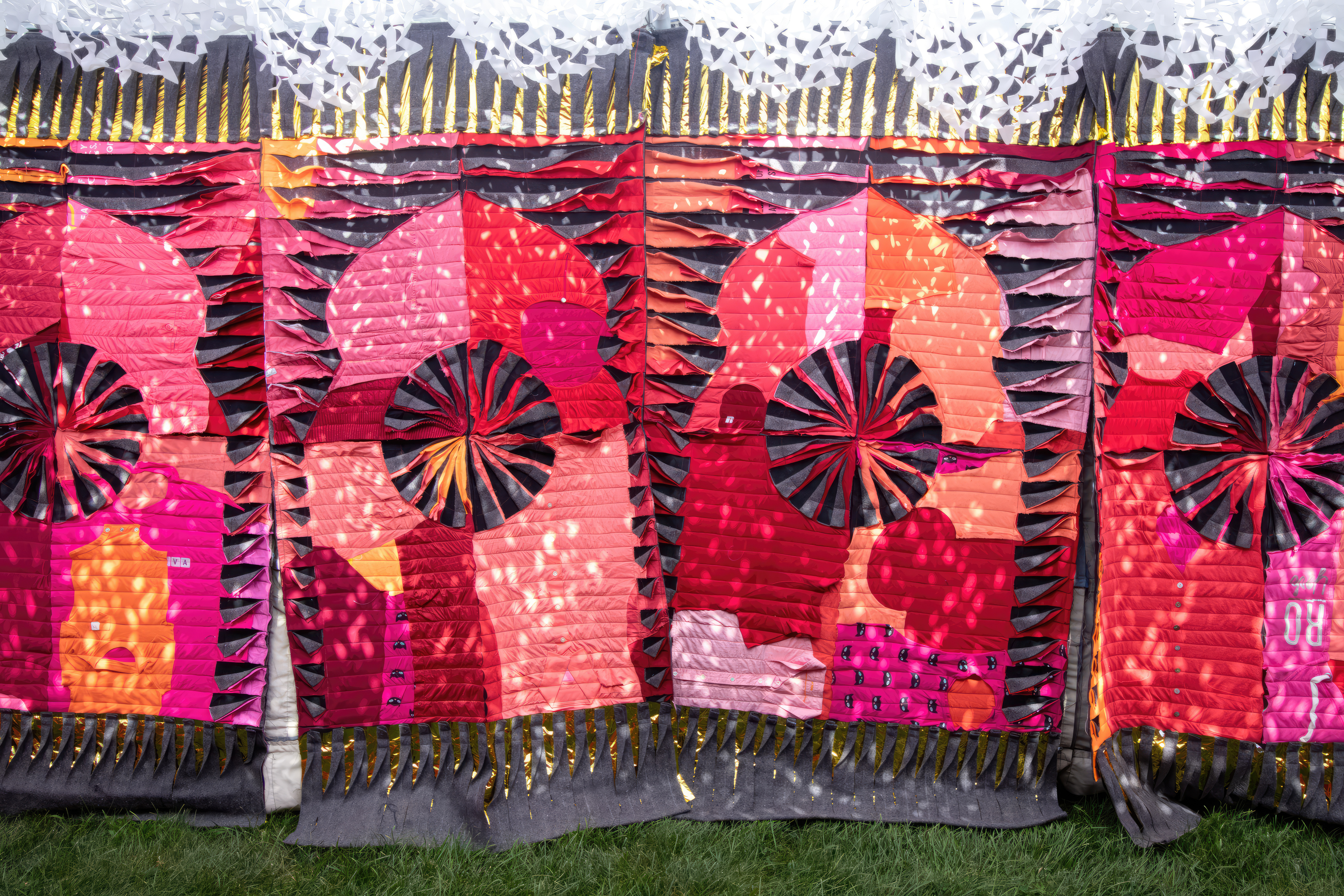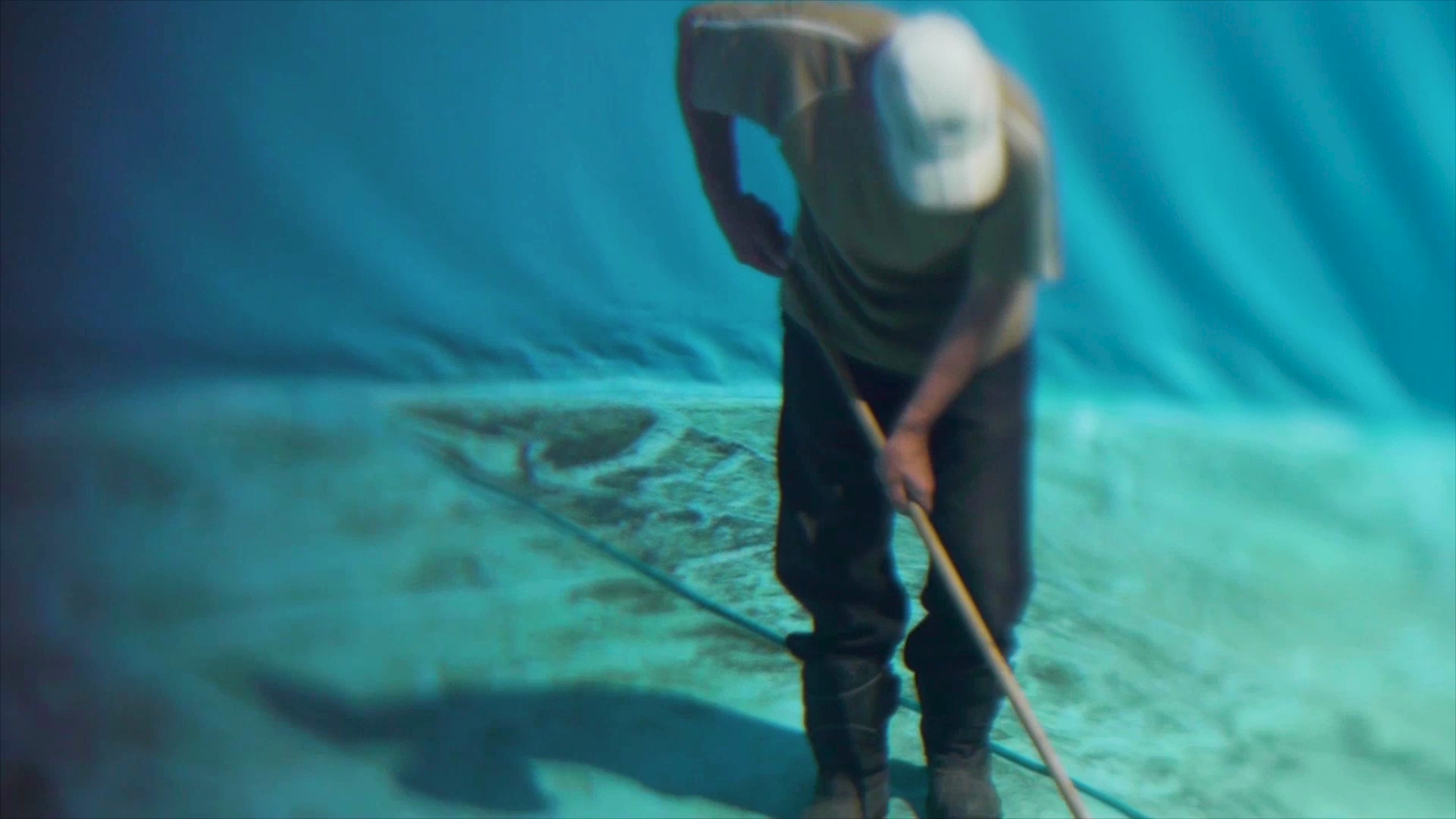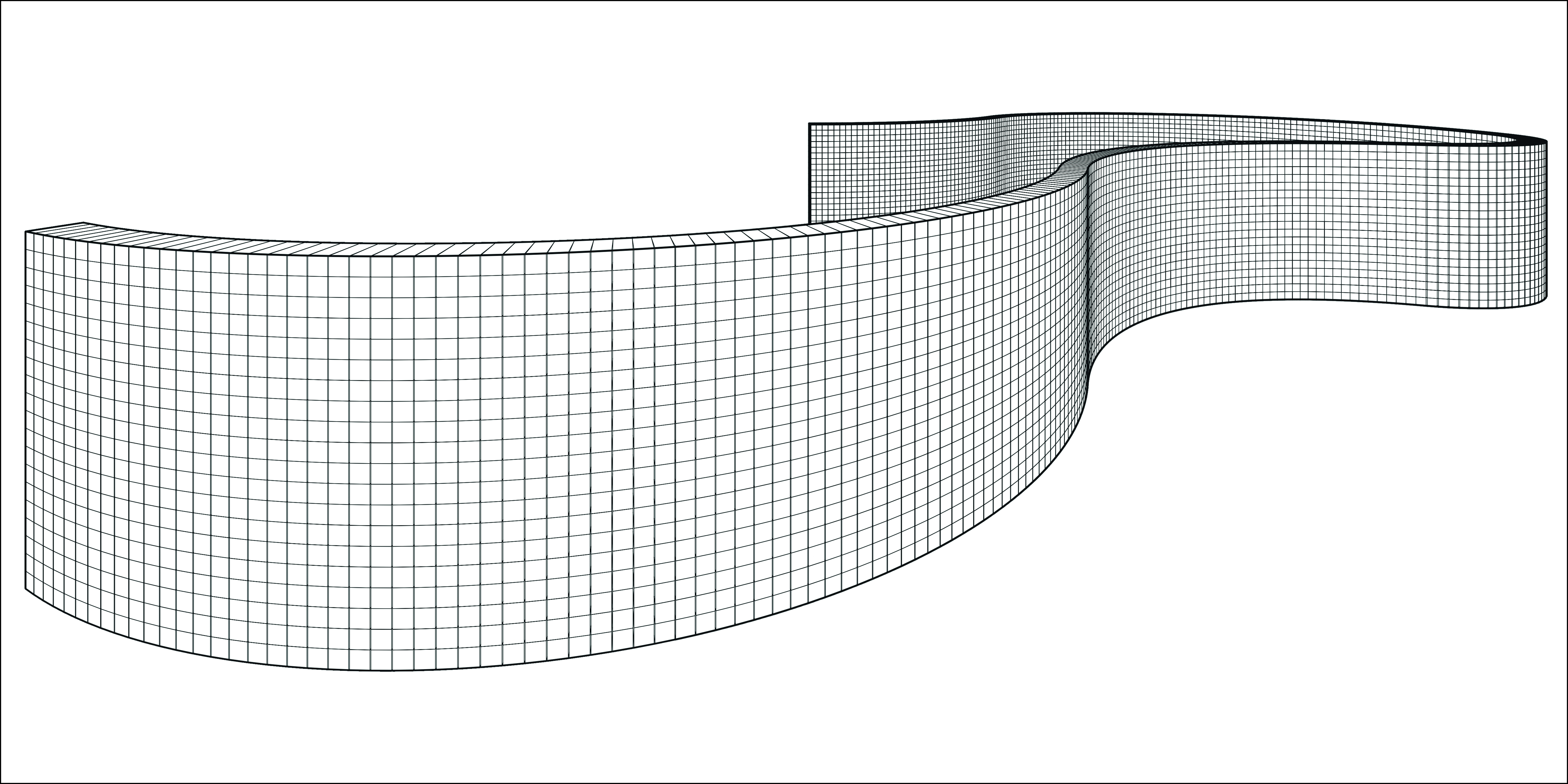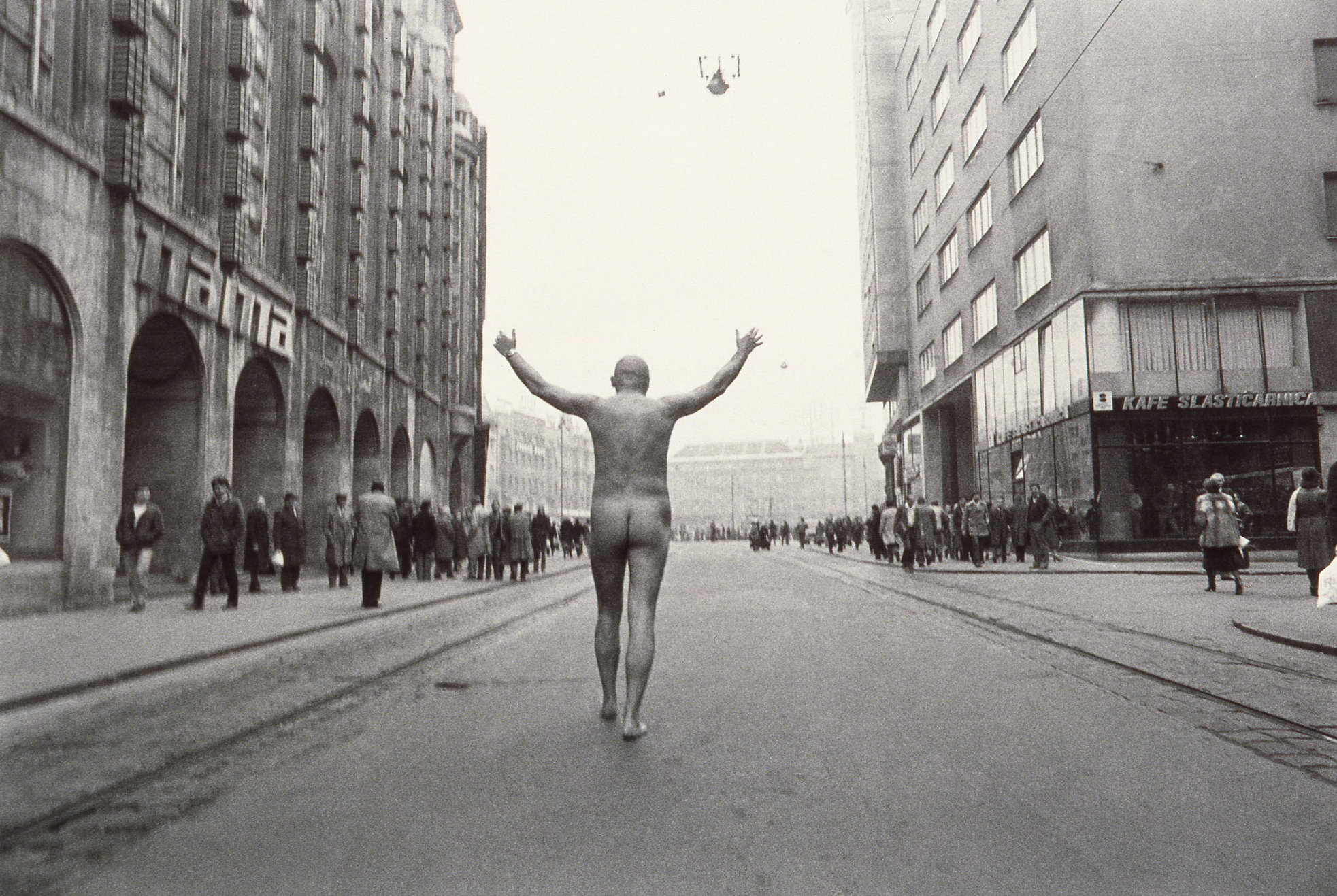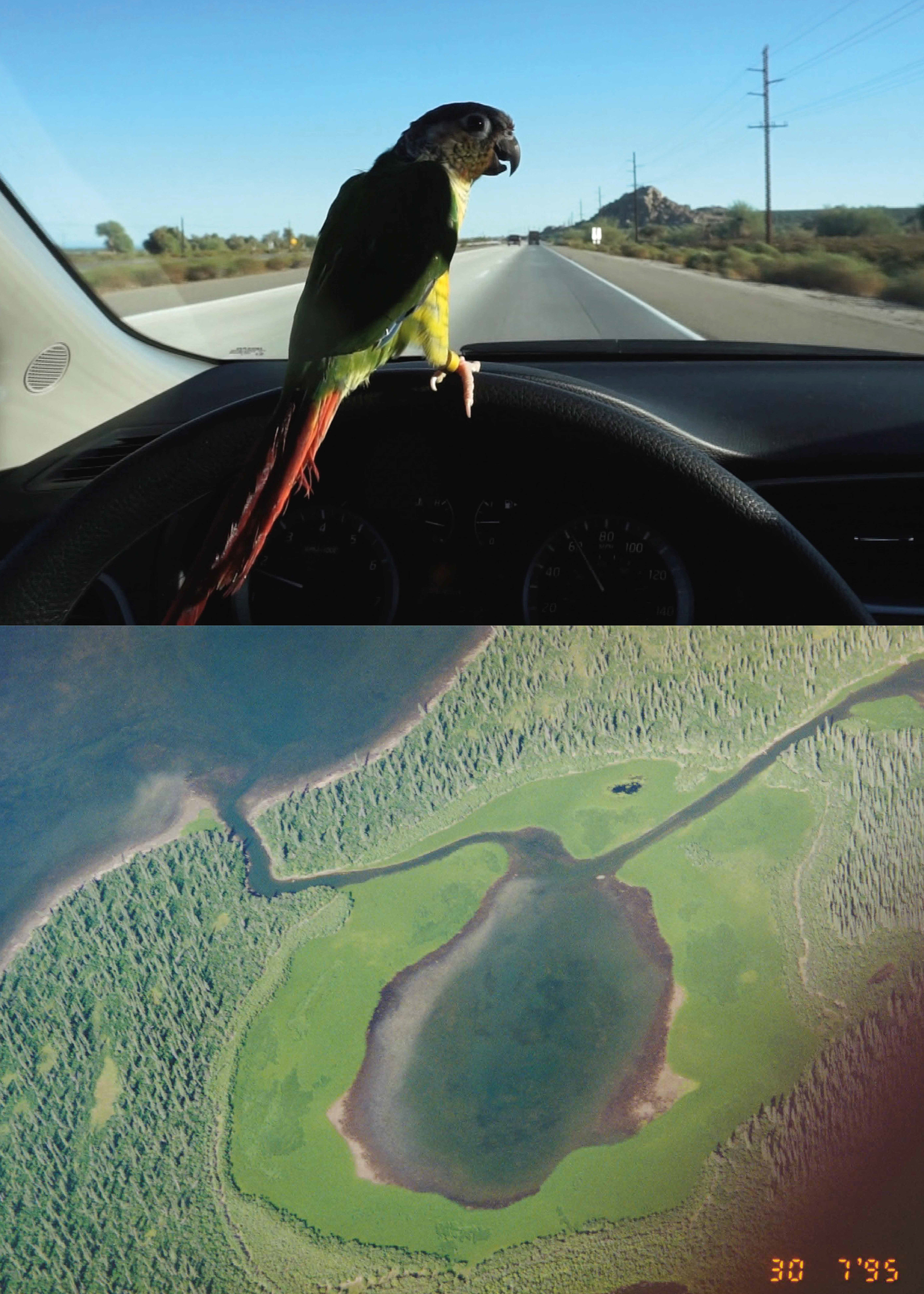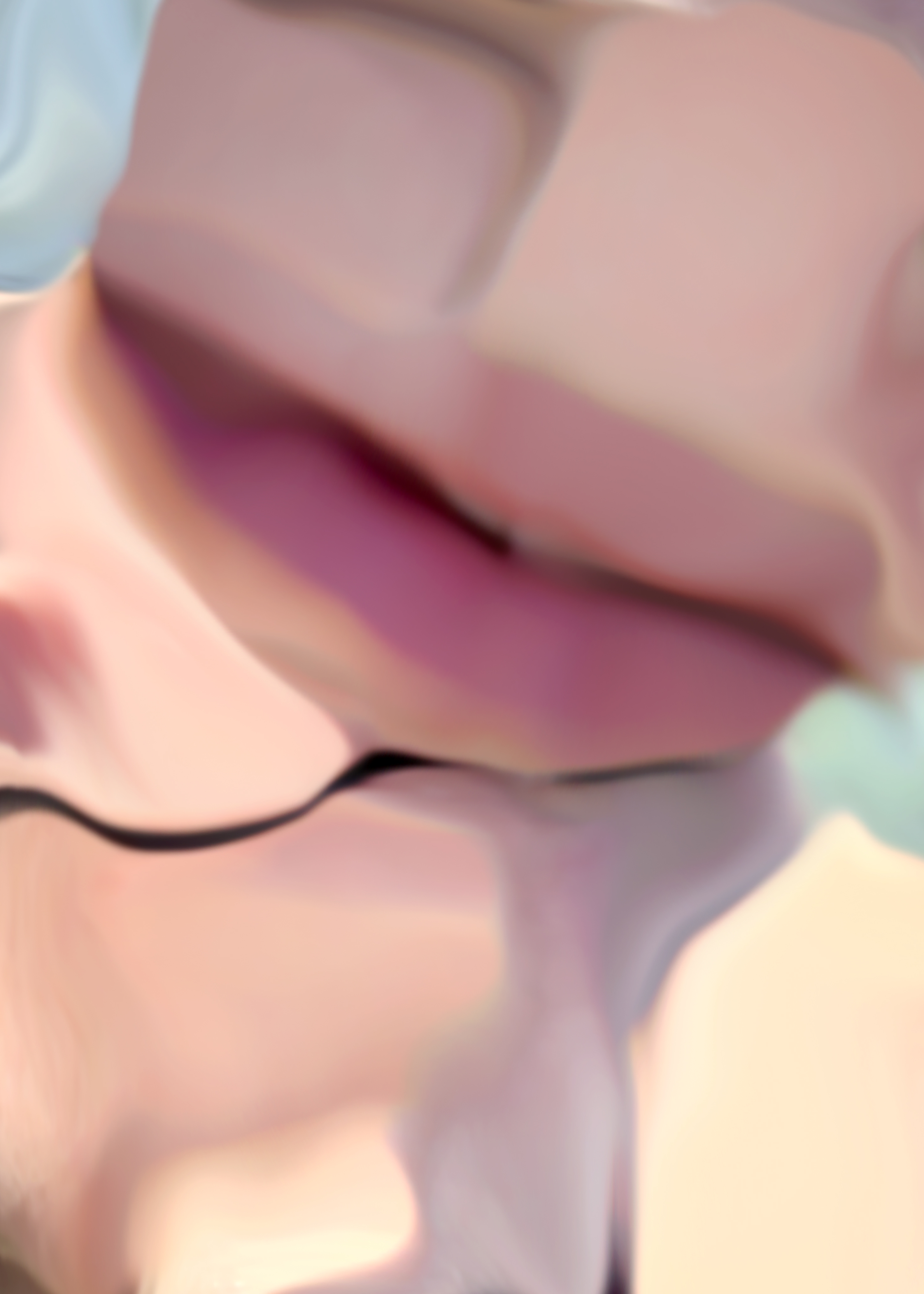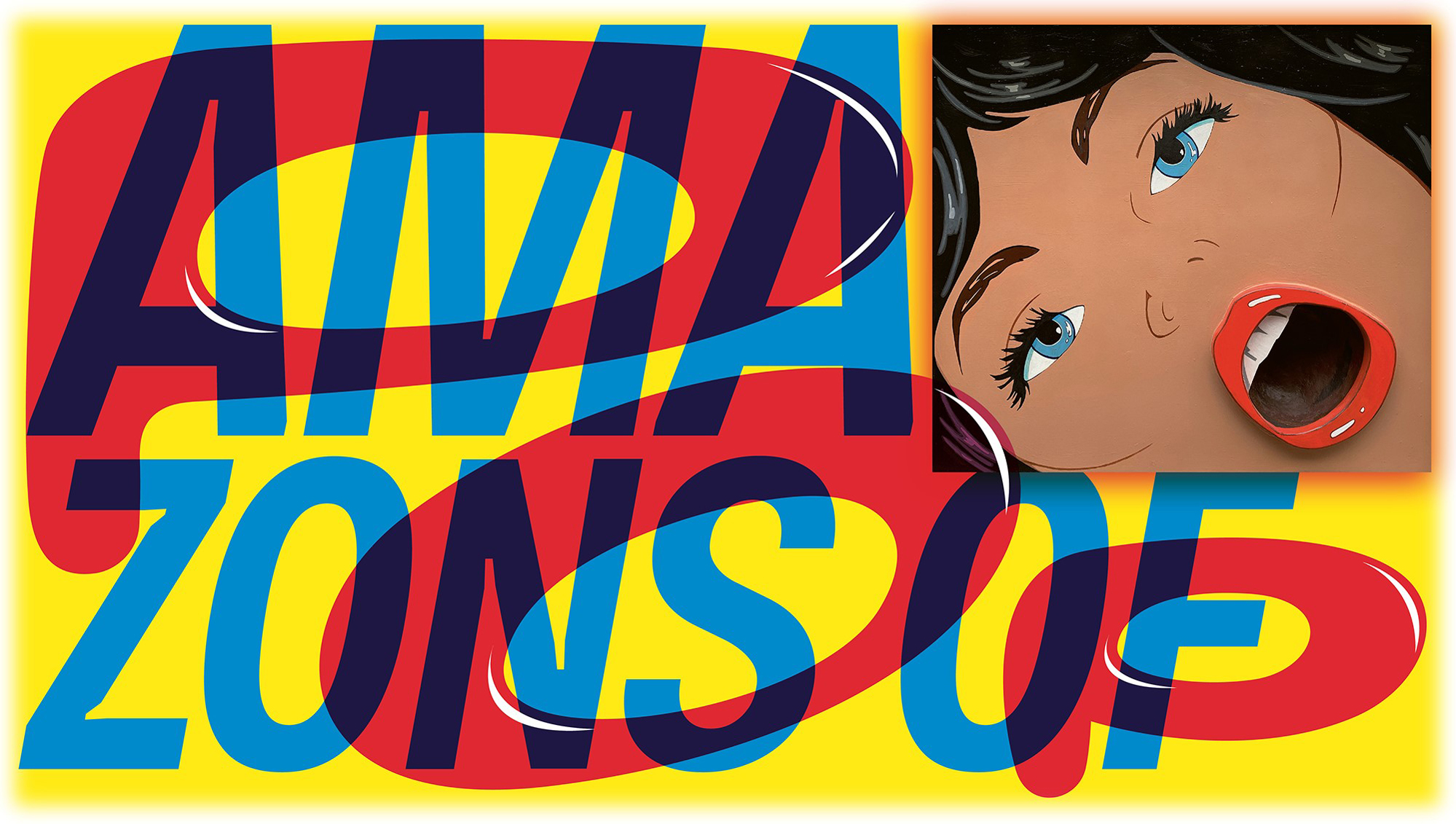HyperAmerica
Landscape – Image – Reality
April 10–August 30, 2015
Opening: Thursday, April 9, 7pm
Kunsthaus Graz
Universalmuseum Joanneum
Lendkai 1
8020 Graz
Austria
Hours: Tuesday–Sunday 10am–5pm
T +43 316/8017 9200
kunsthausgraz@museum-joanneum.at
The American landscape is shaped in many places by the “American Dream.” While conceived in the country as free and independent, landscape as we understand it today has been formed by the human hand, and its depiction can no longer be seen separately from civilisation. Since the beginning of the 19th century, a special relationship with land has developed in America that is quite different from the equivalent in Europe: given a unique ideological slant as a result of the nation’s “Manifest Destiny” to spread itself out over the continent and take possession of it, it is something that seems to have remained embedded in the collective consciousness of the USA to this day. And yet the great project of civilisation called America reveals a marked tension between a great desire for freedom and a simultaneous need for regulations, something one feels not least when roaming its land on its endless highways, observing the United States through the car window; a view that influenced a whole generation of artists and the way they reflected on the country they lived in.
Especially in American painting of the post-war period, a development arose that signified a crucial break in western pictorial tradition. With a “shift from nature to culture” (as art critic Leo Steinberg put it, who saw in it a radical re-orientation), art now employed a far-reaching symbolism, a principle that was to recur in Pop Art just as in the painting of American Hyperrealism. Often appearing unintentionally satirical, the subjects of Hyperrealist paintings display a bizarre distancing of the artist from their depictions. What interests the painter is not the motif, but rather the surfaces. The painterly tool is the photographic model, and the unnatural, pointed view through the camera is the foundation of the painted picture. The photo motifs were meticulously copied, yet it was not a question of the painters imitating photography, but rather of questioning the claims to reality of this medium. At the same time that the Hyperrealists were bringing concreteness back to art and dedicating themselves to the shining surfaces that expressed the American dream and associated values such as freedom, equality of opportunity and success, a handful of photographers turned their lens on the everyday and banal. “The New Topographic Movement” was named after an exhibition in 1975 (New Topographics: Photographs of a Man-altered Landscape), which took place in Rochester, New York, far removed from the art metropolises, and attracted extremely modest interest from the public; yet it was to turn out to be one of the key exhibitions of the 20th century. The noticeable characteristic inherent in all of the New Topographics photographs was the “style-less style,” which did not entirely depart from previous models, yet which had as its declared central goal the depiction of everyday motifs in the most neutral and non-judgemental way possible.
In order to determine the differences and commonalities between these two developments in art that took place side by side, the exhibition HyperAmerica. Landscape – Image – Reality places the painting of American Hyperrealists alongside photographs by New Topographics and the positions associated with them. As a sort of reference to these chapters of art history and as a further link between painting and photography, the exhibition encompasses positions that accompanied these developments or which preceded them.
With works by Robert Adams, John Baeder, Lewis Baltz, Robert Cottingham, Rackstraw Downes, Don Eddy, William Eggleston, Richard Estes, Walker Evans, Lee Friedlander, Ralph Goings, Richard McLean, Ed Ruscha, John Salt, Ben Schonzeit, Art Sinsabaugh, Stephen Shore, Joel Sternfeld.
Curated by Peter Pakesch and Katia Huemer
